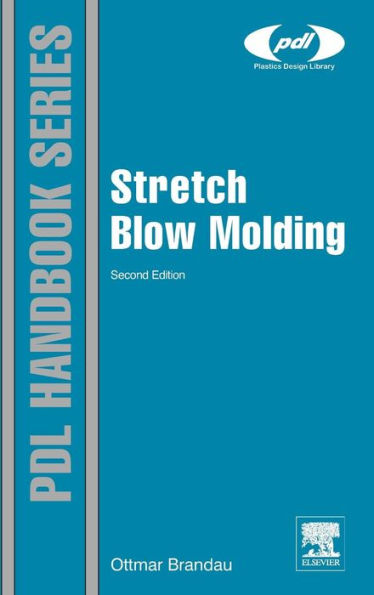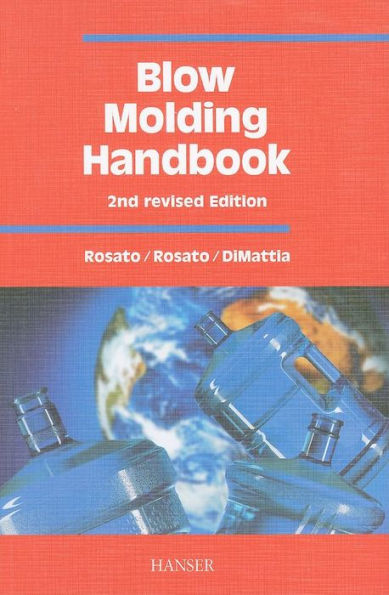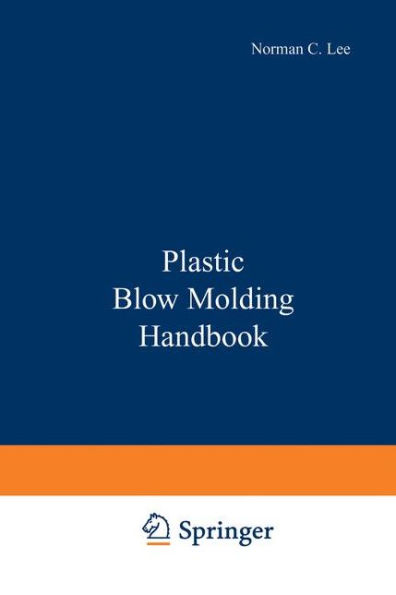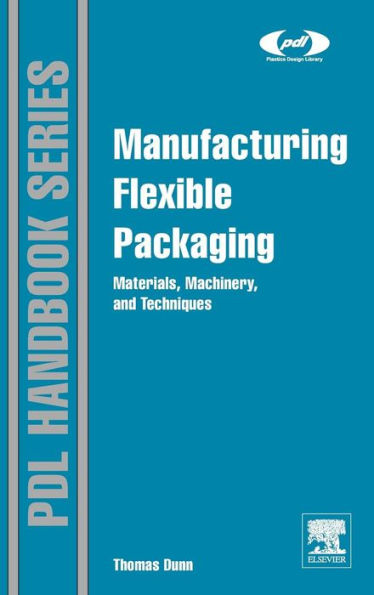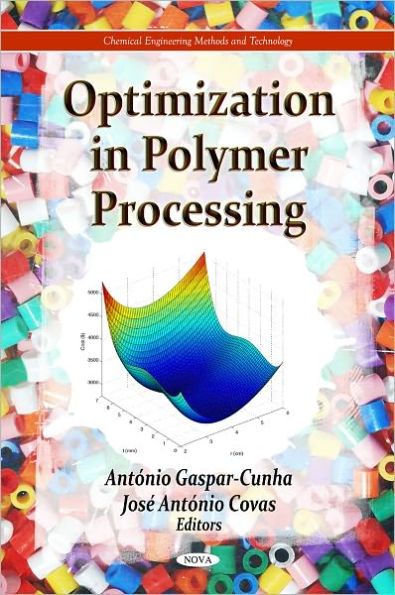Home
Melt Blowing: Equipment, Technology, and Polymer Fibrous Materials
Barnes and Noble
Melt Blowing: Equipment, Technology, and Polymer Fibrous Materials
Current price: $114.00
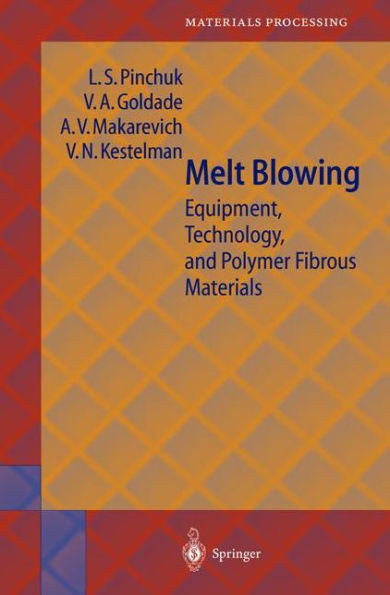

Barnes and Noble
Melt Blowing: Equipment, Technology, and Polymer Fibrous Materials
Current price: $114.00
Size: Hardcover
Loading Inventory...
*Product information may vary - to confirm product availability, pricing, shipping and return information please contact Barnes and Noble
One of the recently emerging techniques of fibrous materials production, melt blowing, consists of forming fibers from substances heated above their melting (crystalline) or glass transition (glass-like) point with further blowing by gas flow. The sprayed fibrous mass is then cooled to solidification either in a gas flow or upon deposition on the forming substrate. Realized from polymers and then ceramics, the melt blowing technique has enriched materials science, engineering, and all commodity products by novel types of fibrous materials and products made from them with a unique combination of properties. The reasons for the popularity of melt blowing are the following. The shape stability and strength of melt-blown materials and products are controllable technological parameters that depend on the diameter and the intensity of the adhesive interaction between fibers and the number of contacts between them. The greater area of fiber surface in contrast to negligible clearances in between is the source of the uniqueness of melt-blown materials as systems whose properties are governed to a great degree by surface phenomena. Dielectric materials manufactured by melt blowing are subjected to the rigorous effects of heat, deformation, and friction during processing which is accompanied by natural electrical polarization of fibers. The fibers are transferred into an electret state (an electret is a dielectric that preserves its electrical polarization for a long time), which makes melt-blown materials the source of a permanent electrical field.
